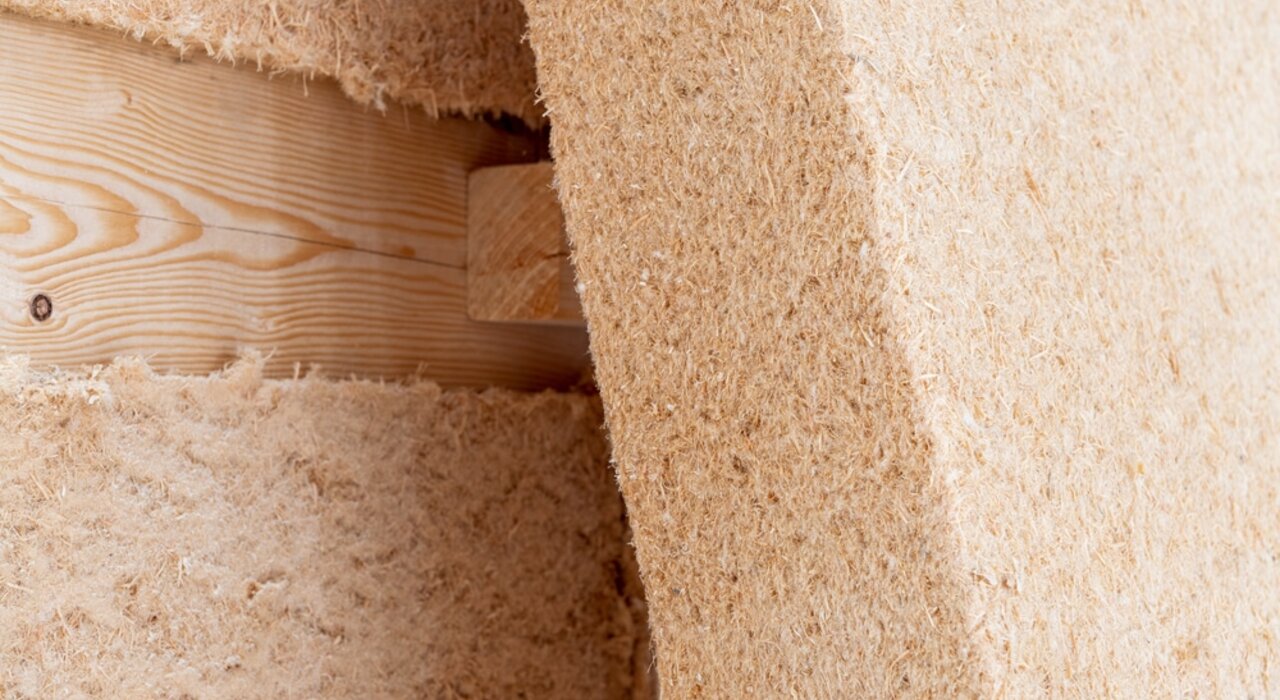
When choosing insulation for an external wall insulation (EWI) system, it’s easy to focus purely on thermal performance. While that's undoubtedly important, other factors like breathability, fire resistance, sustainability and acoustic performance also play a vital role in choosing the right material for your property.
At EWI Store, we stock a wide range of insulation materials to suit various building types and project goals, including EPS, XPS, PIR, Wood Fibre and Mineral Wool. In this blog, we’ll explore the two most breathable and sustainable options: Wood Fibre Insulation and Mineral Wool Insulation, comparing their key features side by side.
Thermal Performance – Mineral Wool Comes Out on Top
Both insulation materials perform well thermally, but Mineral Wool has the edge when it comes to raw thermal conductivity.
-
Wood Fibre Insulation Boards, such as STEICO protect L dry - Wood Fibre Insulation Board, offer a thermal conductivity of 0.037 W/mK. What sets them apart, however, is their impressive decrement delay – the time it takes heat from the sun to pass through the insulation. This makes Wood Fibre particularly useful in warmer months, helping to prevent overheating in summer.
-
Mineral Wool Insulation Boards, such as Rockwool - External Wall Insulation Dual Density Slab, offer a thermal conductivity of 0.036 W/mK. These boards provide excellent thermal performance and are ideal for projects requiring low U-values. Additionally, their dense structure enhances acoustic insulation.
Winner: Mineral Wool (for superior thermal conductivity)
Breathability – Evenly Matched
Both Wood Fibre and Mineral Wool are vapour-open materials, making them ideal for breathable EWI systems, particularly on heritage or timber-framed properties.
-
Wood Fibre insulation is made from natural timber fibres and is fully vapour-permeable. It allows moisture to pass through and escape from the internal structure, helping to regulate humidity and prevent damp.
-
Mineral Wool, with its fibrous structure, is also highly breathable. Its water-repellent qualities help wick moisture outwards while maintaining internal dryness.
Both options are compatible with breathable basecoats and topcoats, such as EWI-225 Premium Basecoat and EWI-075 Silicone Render.
Winner: Draw (both materials offer excellent breathability)
Environmental Impact – Wood Fibre Leads the Way
If sustainability is your top priority, Wood Fibre has the upper hand.
-
Wood Fibre boards are manufactured from waste timber and certified by natureplus®, an independent label promoting health- and environment-friendly building products. These boards are 100% recyclable and compostable.
-
Mineral Wool insulation, like that from Rockwool, is produced using volcanic rock, a naturally occurring and renewable material. Rockwool boards are also up to 97% recyclable and have a low embodied carbon relative to their performance.
Winner: Wood Fibre (slightly more sustainable and compostable)
Fire Resistance – Mineral Wool Is the Clear Winner
Fire safety is one of Mineral Wool’s greatest strengths.
-
Rockwool Dual Density Mineral Wool carries an A1 Euroclass Fire Rating – the highest possible, meaning it is completely non-combustible. It's often specified as a firebreak layer in high-rise EWI systems.
-
Wood Fibre Insulation, although flammable, chars rather than burns outright. This charred surface can help slow the spread of flames. It typically achieves a Class E Fire Rating, which is common for organic insulation materials.
Winner: Mineral Wool (unmatched fire resistance)
Acoustic Performance – Mineral Wool Excels
Sound insulation is another area where Mineral Wool performs exceptionally well.
-
The porous and fibrous structure of Mineral Wool acts like a sponge for sound waves, making it an excellent material for reducing both airborne and impact noise. It typically achieves an NRC (Noise Reduction Coefficient) between 0.9 and 1.0 – almost complete sound absorption.
-
Wood Fibre also provides decent acoustic performance thanks to its dense and fibrous structure. However, its NRC rating typically ranges from 0.6 to 0.85, meaning it is slightly less effective at absorbing sound.
Winner: Mineral Wool (superior sound attenuation)
Final Verdict
| Category | Winner |
|---|---|
| Thermal Performance | Mineral Wool |
| Breathability | Draw |
| Sustainability | Wood Fibre |
| Fire Resistance | Mineral Wool |
| Acoustic Performance | Mineral Wool |
Both Wood Fibre and Mineral Wool are fantastic choices for breathable, eco-friendly insulation systems. If your project requires fire safety and soundproofing, go for Mineral Wool. If you’re working on a timber-framed or eco-conscious build, Wood Fibre offers excellent sustainability and summer heat protection.
You can find both options and compatible products – including basecoats, fixings, and renders – on our website.
